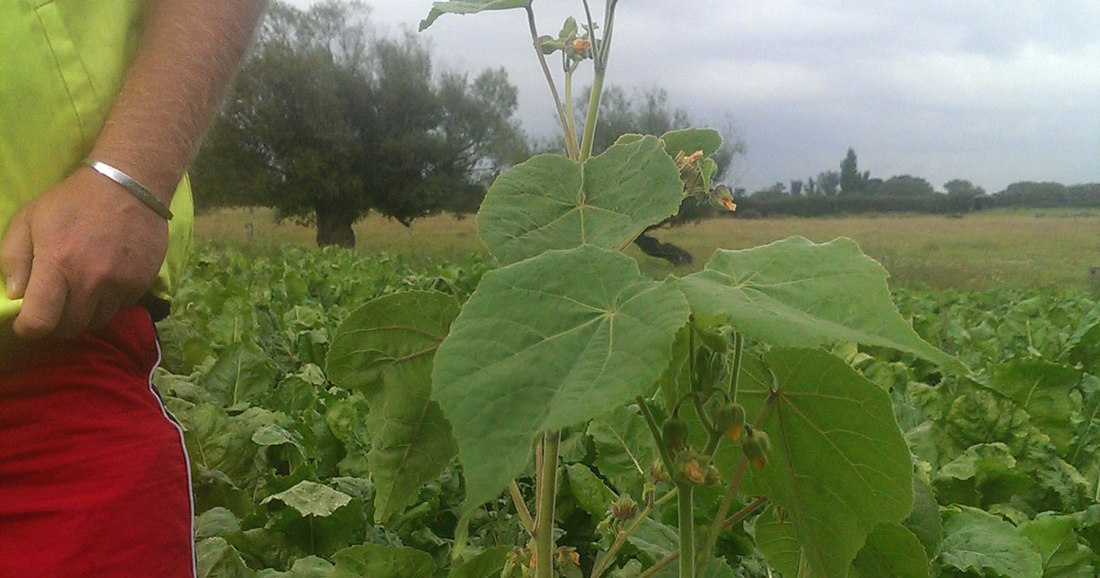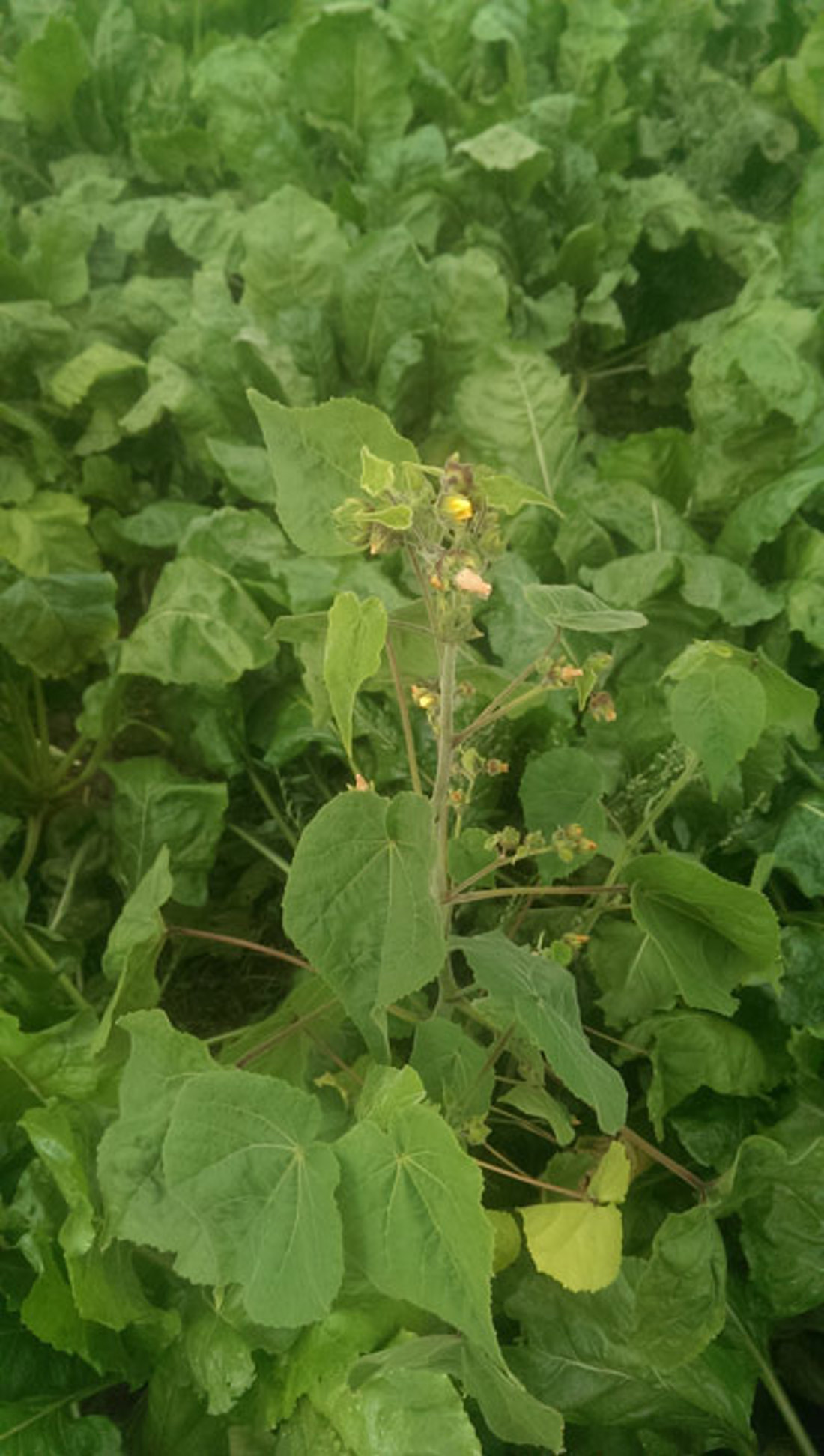Velvetleaf
2 min read
Velvetleaf is a serious cropping pest and has been found in fodder beet and maize crops across the country. If you find velvetleaf, take a photo, note the place, and contact MPI immediately at 0800 80 99 66.
Velvetleaf is a serious cropping pest and has been found in fodder beet and maize crops across the country.
Velvetleaf seeds can persist on farms for up to 50 years and can survive digestion and silage processes. It is highly invasive and competes with crops for space, nutrients and water.
It's important farmers remain on the look-out and keep checking their crops until they have been grazed.


Photograph it, mark its location and immediately call the MPI free hotline - 0800 80 99 66.
For specific information and support on how to manage velvetleaf contact the following community outreach coordinators.
Sally Linton: email sally.linton.nz@gmail.com or call 027 278 1620
Ashley Mills: email ashley.mills@far.org.nz or call 027 266 7794
If you buy your maize silage how much do you know about the crop and where it comes from?
If you are buying maize silage you should
Stock can spread velvetleaf seed around the farm and to other properties via their hooves and waste. Keeping stock out of velvetleaf-infested paddocks is the best possible action to avoid spreading this weed.
In most situations this is not feasible, as you have invested heavily in the crop and are reliant on it to feed your stock. Therefore the following approach is recommended.
Now’s the perfect time to check in, plan, and set up for a strong season. We’ve pulled together smart tips and tools to help you stay ahead all winter long.